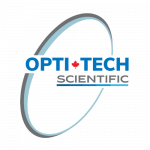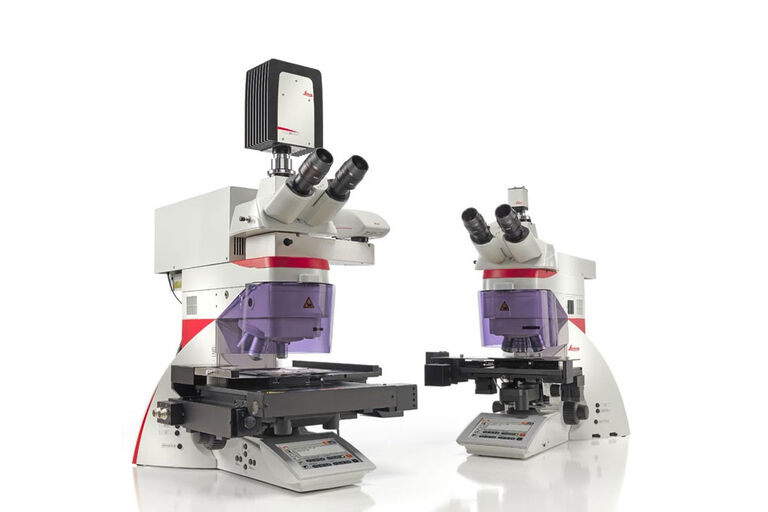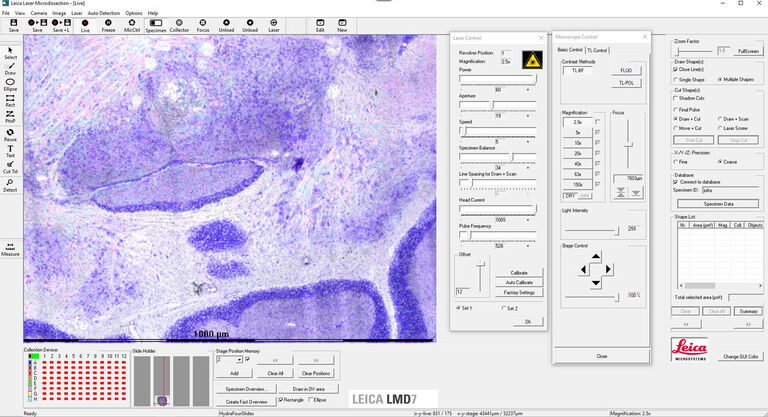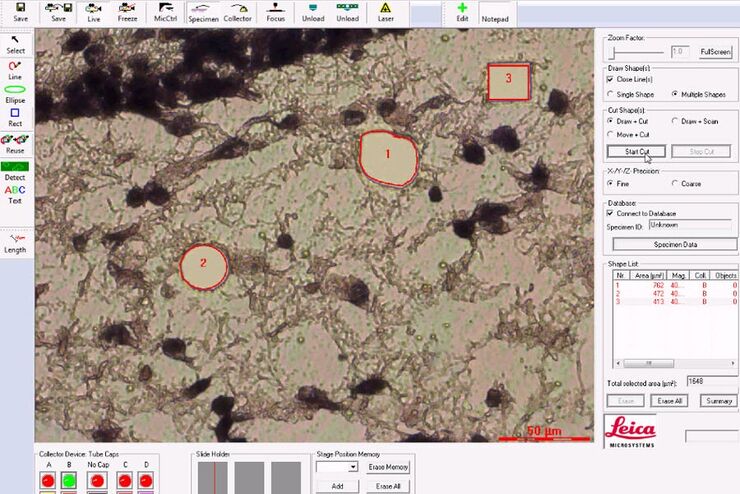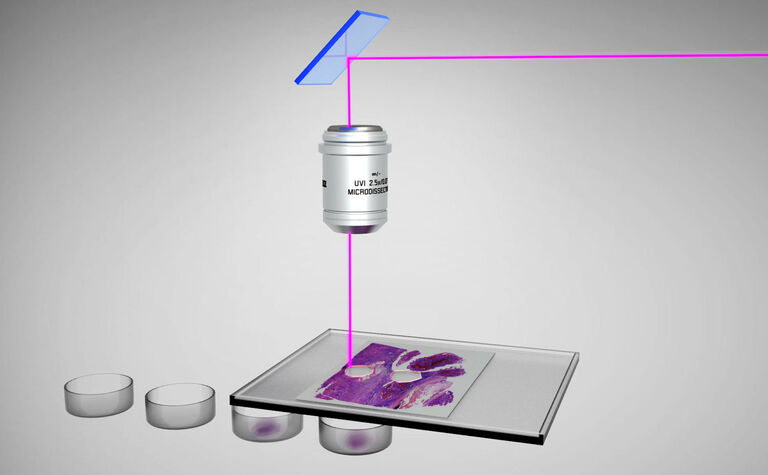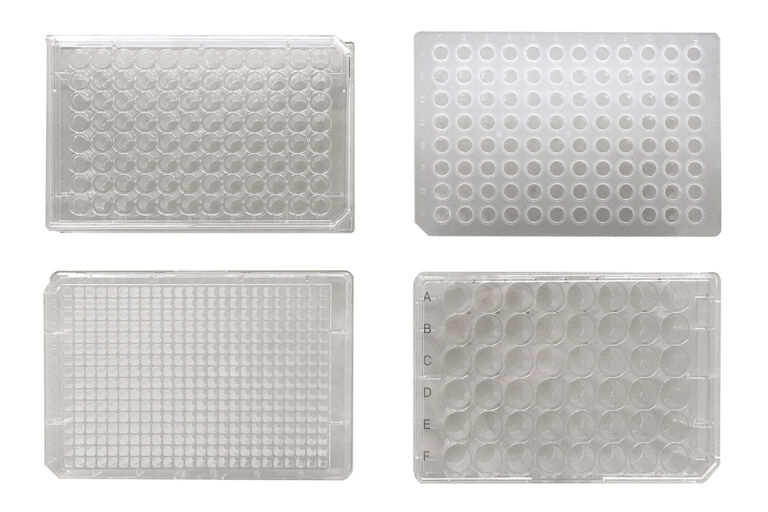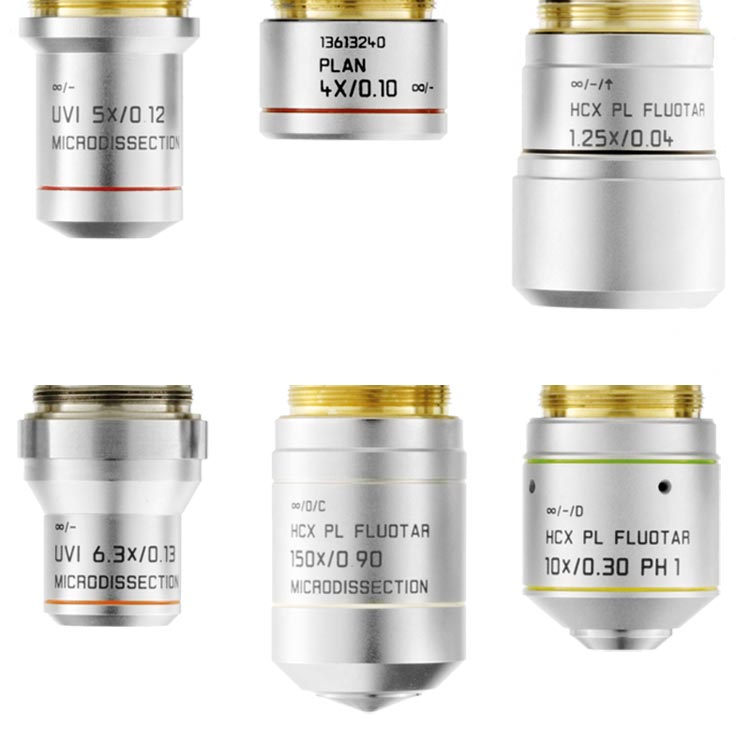Leica Microsystems utilizes high-precision optics and prisms to guide the laser beam precisely along the intended cut line on the tissue. This results in the Leica LMD making perpendicular cuts to the tissue, leaving behind uncontaminated and clean isolates.
Precision. Always.
- Cut with the highest possible precision and speed
- Cut directly, real-time with “Move and Cut”
To ensure that your downstream analysis is accurate, it is important to have contaminant-free isolates. That’s why Leica LMD systems use a gravity-based method to collect dissectates. Their laser-guided dissection approach is contact-free and contamination-free, which helps preserve your isolates’ integrity.
1, 2, 3 – contamination-free sample!
- You choose the area of interest
- You move the laser along the area to be cut out
- The dissected drops into the Petri dish and is ready for further analysis
The real asset: Gravity always works.
Laser Adjustment for your Sample
The LMD7’s settings for power, aperture, speed, head current, and pulse frequency can be adjusted based on the specific requirements of your sample. For instance, thick plant sections may need higher power, while delicate neurons may require less power. Thin sections can generally be cut at a faster pace than thicker ones.
Advanced cutting modes provide additional precision for dissection. For example, you can draw the outline of your sample first and then cut along those lines (Draw + Cut), or make cuts in real-time using a mouse click or a PEN screen (Move + Cut). The Draw + Scan mode is designed for ablation from glass, while the Laser Screw cuts thick specimens in multiple rounds. The Final Pulse mode allows you to efficiently collect demanding dissectates into a collection vessel.
Leica Laser Microdissection Software
The Leica LMD software is an easy-to-use application that simplifies the process of selecting settings, allowing you to concentrate on obtaining high-quality regions of your sample. With this software, you can easily select, dissect, and visualize your sample.
- Control laser and microscope
- Guide the laser beam by mouse or pen screen
- Create a Specimen Overview for better orientation
- Detect and cut your samples automatically
The Leica LMD Software connectivity:
- Use your self-made pattern recognition software
- Import your ROIs from other devices e.g. slide scanners
Consumables
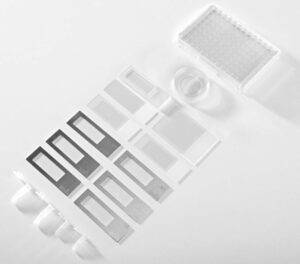 Specimen
Specimen
Leica Microsystems offers different slide options for laser microdissection.
- Use any kind of membrane slides for genomics and transcriptomics
- Use PET slides for certain applications in proteomics and metabolomics because PET is almost free of softeners.
- Choose DIRECTOR slides to work completely membrane free
Read how to choose the adequate consumable for Laser Microdissection.
Collection
The Leica LMD systems collect dissectates through gravity, allowing for the use of standard collection devices. You can simply use common reaction devices commonly found in molecular biology labs, such as 0.2 or 0.5 ml tube caps. These collection devices can be either dry or filled with reaction buffer or culture media for the LMD application.
Automation Options
The ADM, or Auto Detection Mode, is a software module that helps collect large amounts of similar specimens. To use it, simply select a region of interest as a template and the software will apply it to other regions. This is particularly useful for labs working with hundreds or even thousands of specimens in proteomics analysis.
Before each dissection process, Autofocus can be used to keep focus on hundreds of ROIs distributed over the slide. Additionally, the software can automatically inspect and document all collection devices used.
The raster tool in the software allows for a systematic approach, dividing the Field of View into a given number of regions. This enables a more structured dissection process and allows for the collection of dissectate into a variety of collection devices, such as 96-Well plates.
Interface for Artificial Intelligence
Leica’s Aivia platform utilizes AI to enhance image visualization, interpretation and analysis. It features the Pixel Classifier tool, which automatically detects and defines Regions of Interest (ROI) for Laser Microdissection (LMD). Aivia can also import ROIs directly into the LMD software. Additionally, external software can be used for ROI detection, with the LMD software requiring an XML file containing the ROI information.
High-Throughput Capability
If you’re looking to increase your throughput, consider the LMD systems which offer various stages to suit your needs. Among them, the ultra-scanning stage with plate number one is the fastest, quietest, and most precise option. The plate can hold collector vessels ranging from 0.2 ml tube caps to 8 and 12 cap strips, as well as standard 96-well and 386-well plates*, making it perfect for high-throughput experiments. Additionally, you can use regular microtiter plates without any special material and load them directly into standard PCR machines.
*max.352 wells addressable
LCC – Live Cell Cutting
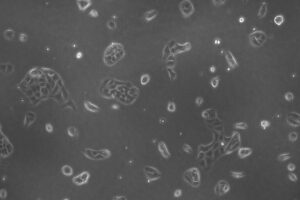 If you deal with live cells, you are likely familiar with inverted microscopes. However, our LMD systems are designed to work with live cell cutting, despite being based on an upright microscope from Leica.
If you deal with live cells, you are likely familiar with inverted microscopes. However, our LMD systems are designed to work with live cell cutting, despite being based on an upright microscope from Leica.
- You can dissect living cells in culture in order to re-cultivate, clone, or analyze single cells, colonies, or cell clusters
- You can attach a climate chamber to the LMD system
- You can grow cells on petri dishes with PEN membrane or multi-well ibidi slides
- You can collect the dissectate of living cell cultures into Petri dishes with or without PEN membrane, ibidi slides, or 8-stripe tubes for re-cultivation, or into collection devices such as PCR tube caps for analysis
Read more about live cell cutting in Leica’s Science Lab article on consumables.
Success is Objective
Leica’s LMD objectives are specifically crafted to allow for customizable laser settings for various applications. Leica has been perfecting the development and production of optics since the early 1800s, making the performance of their LMD objectives highly dependable.
- Choose from a range of dry objectives – from 2.5x to 150x
- Use the 150x SmartCut objective to go into detail with high magnification when required
- Get a large field of view to cut large parts of samples in one piece with low-magnification objectives
- Benefit from objectives with the highest possible transmission of laser light at 350 nm to cut tissue, bones, teeth, brain, plants, chromosomes and living cells – try them for your application!
The outstanding imaging performance our objectives provide goes without saying.
Same Principle, Two Systems
Please select your preferred system: The Leica LMD6 and Leica LMD7 differ in terms of their laser capabilities. The LMD7 offers greater laser power and more laser controls than the LMD6, making it suitable for dissecting any type of tissue regardless of size or shape. On the other hand, the Leica LMD6 is best suited for standard applications, such as dissecting soft tissues like the brain, liver, or kidney. Choose between these two systems for your unique research needs: the Leica LMD6 for standard tissue dissection or the Leica LMD7 for higher laser power and greater flexibility.
Combination System: LMD System with THUNDER Imaging
The LMD6 and LMD7 systems can be combined with THUNDER. The base stand of the THUNDER Imager 3D Tissue and LMD systems are the same, thus such a combination offers:
- Lab space savings with one system for different tasks
- Laser Microdissection with the LMD without limitation
- Brilliant THUNDER fluorescence imaging using LAS X, even in multi-colour and 3D (z-stacks) and visualization in the 3D viewer.
